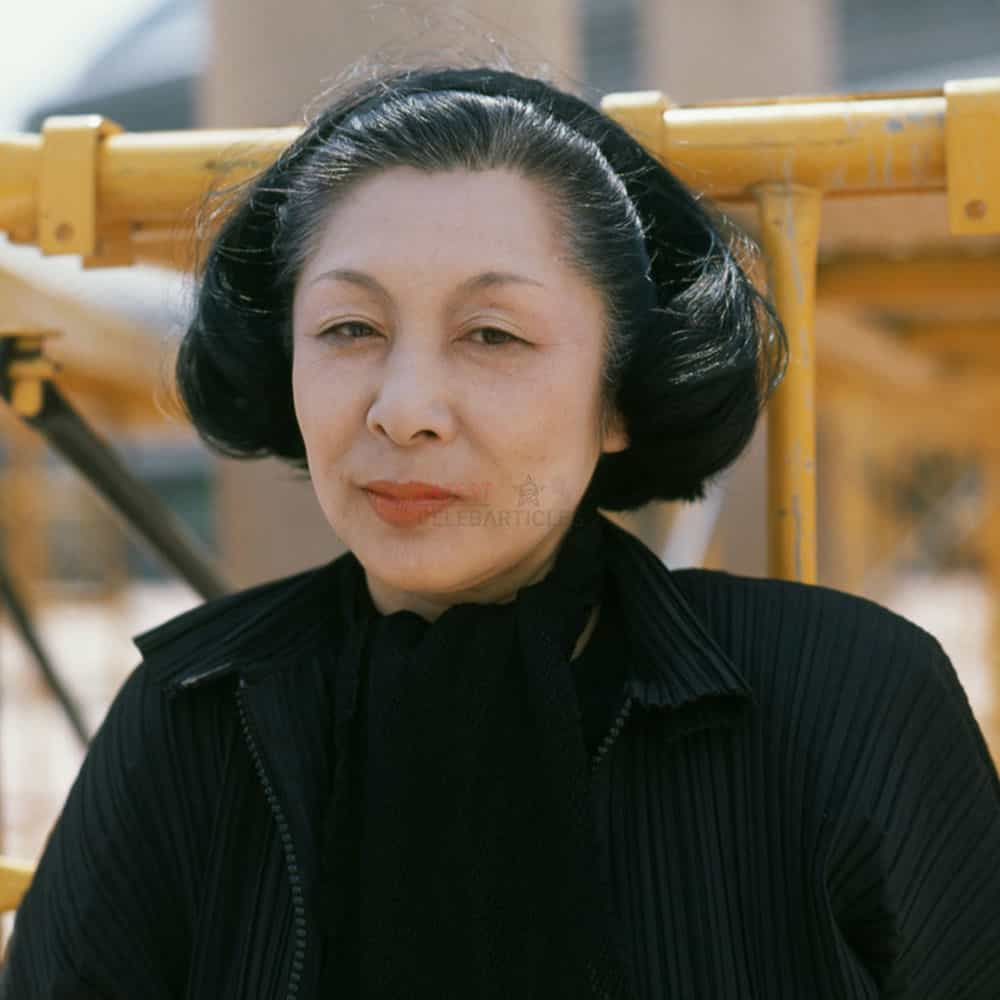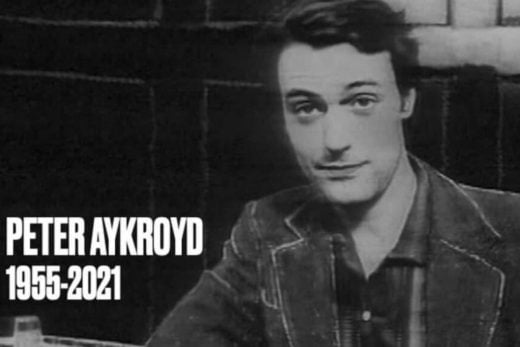Arata Isozaki was a renowned Japanese architect known for his innovative designs that blend diverse architectural traditions and push the boundaries of form and function. With a career spanning several decades, Isozaki has left an indelible mark on the global architectural landscape. His works stand as testaments to his ability to harmonize cultures, embrace change, and create spaces that inspire and captivate.
This article explores the life, philosophy, and notable contributions of Arata Isozaki, shedding light on his unique approach to architecture and the events surrounding his death.
Quick Info
| Full Real Birth Name | Arata Isozaki |
| Profession | Architect and theorist |
| Famous For | Architect |
| Age (At the time of his Death) | 91 year old |
| Date of Birth (DOB) | 23 July 1931 |
| Birthplace/Hometown | Ōita, Japan |
| Nationality | Japanese |
| Parents | Father: Toji Isozaki. Mother: Tetsu ISozaki |
| Marital Status | Married |
| Marriage History | Three Marriages |
| Wives | Aiko Maiyawaki, Misa Shin |
| Current Wife | Misa Shin |
| Children | Son: Kan and Hiroshi Daughter: None |
| Gender | Male |
| Sexuality | Straight |
| Star Sign (Zodiac Sign) | Leo |
| Ethnicity | Asian |
| Religion | Christianity |
| Current Residence | Okinawa |
| Highest Qualification | Graduated |
| School | Oita Uenogaoka High School |
| University | University of Tokyo |
Arata Isozaki Died at the age of 91
Arata Isozaki, a renowned figure in the realm of Japanese architecture, known for his remarkable adaptability in style, passed away on 28 December 2022, at the age of 91. He had been residing on the island of Okinawa for the past ten years. Isozaki, acclaimed for his architectural prowess, contributed to the creation of iconic structures such as the MOCA in Los Angeles and the Palau Sant Jordi in Barcelona.
Despite having undergone heart surgery two years prior, Isozaki had been battling lung ailments. However, the exact cause of his demise has not been disclosed, apart from the revelation that it occurred due to natural causes.
In a statement issued by his architectural firm, Arata Isozaki, and Associates, it was announced that a private funeral service would be conducted, exclusively attended by close relatives.
Isozaki’s impact on the field of architecture was substantial, as he left an indelible mark with his diverse array of structures spanning multiple countries. The Museum of Contemporary Art in Los Angeles stands as a testament to his ability to assimilate and reinterpret both Eastern and Western architectural traditions.
Isozaki’s approach to design and construction was characterized by constant innovation and the absence of repetitive elements, rendering each of his buildings unique and evading a distinct signature.
The emperor of Japanese architecture
Having practiced during a period marked by significant shifts in architectural practices and theories, Isozaki played a pivotal role as both an instigator and a messenger of change. Through his work, he effortlessly imported and exported architectural influences, fluently bridging the gap between Eastern and Western design philosophies. In his numerous publications, Isozaki provided valuable insights into Japan’s exceptional building customs, emphasizing the intangible spirit that permeates the nation’s architectural heritage.
Also Read: Jeremy Salmond, Beloved historic Architect, Passes Away at Age 79
Isozaki’s cultural ambassadorship earned him international recognition and cemented his position as a powerful figure in the field of architecture. Revered by his peers, he was hailed by his colleague Tadao Ando as “the emperor of Japanese architecture.”
His Father was a prominent businessman
Arata Isozaki, the renowned Japanese architect, came into the world on July 23, 1931, in Oita, a city located on the island of Kyushu. He was the eldest among his parents’ four children, Soji and Tetsu Isozaki. Soji Isozaki, Arata’s father, was a notable businessman who managed a thriving transport company and also possessed a talent for composing haiku poetry.
Arata was a Graduate of the University of Tokyo
Isozaki studied architecture at the University of Tokyo, graduating in 1954, and received a doctorate there in 1961.
Arata Isozaki’s career was greatly influenced by the Hiroshima bombing
The trajectory of Arata Isozaki’s life would be deeply influenced by the tumultuous events surrounding his formative years. At the age of 14, in 1945, he bore witness to the devastating aftermath of the atomic bombing of Hiroshima. Standing on the opposite shore of his hometown, he observed the horrific destruction unleashed upon the city. The haunting impact of this experience was further intensified when, merely three days later, the city of Nagasaki, situated southwest of Oita, was similarly ravaged by a nuclear bomb.

These cataclysmic events shaped Isozaki’s perception of the world and its built environment. In 2019, when he was awarded the prestigious Pritzker Prize, he reflected on his upbringing, stating, “I grew up on ground zero. There was no architecture, no buildings, and not even a city.” It was in the face of this desolate void that Isozaki’s fascination with architecture first emerged.
Contemplating the immense task of rebuilding homes and cities from nothingness, he began to envision the potential for a transformative power within the field of architecture. The profound impact of these early experiences would shape his career and serve as a driving force behind his innovative and visionary approach to design.
Awards
- RIBA Gold Medal in 1986
- Mainichi Art Award in 1983
- Honor Award, the American Institute of Architects in 1992
- RIBA Honorary Fellow in 1994
- The European Cultural Centre (ECC) Architecture Award in 2012
- Pritzker Architecture Prize in 2019
Arata Isozaki was married 3 times
Arata Isozaki, a renowned architect, had a dynamic personal life that included three marriages. His first marriage, before he met his second wife Aiko Miyawaki, resulted in the birth of their son named Kan. Unfortunately, tragedy struck when Kan passed away in 2017, creating a heartbreaking loss for Arata and his first wife.

Despite this devastating event, Arata eventually found love again and married his second wife, Aiko Miyawaki. Their union brought companionship and support to Arata during a challenging period. However, the circumstances of their marriage are not elaborated upon as we are not sure if they had any children or not.
later after the death of his second wife, Arata entered into a third marriage with Misa Shin. Misa, a gallery owner, shared Arata’s passion for the arts and creativity. Together, they welcomed a son named Hiroshi, further expanding their family.
Meet Aiko Maiyawaki, Second wife of Arata Isozaki
Aiko Miyawaki, a renowned Japanese sculptor and painter, was widely recognized as the second wife of Arata Isozaki, an acclaimed architect and designer. Her artistic legacy primarily revolved around her remarkable sculpture series called Utsurohi, which graced public spaces around the world. Born as Aiko Araki in Tokyo on September 20, 1929, Miyawaki relocated to Atami, Shizuoka Prefecture with her family during her early years. As a child, she faced health challenges, prompting her family to change her given name multiple times in an effort to strengthen her. Initially known as Takako during her kindergarten years, she later adopted the name Mikiko upon starting school.
In March 1946, Miyawaki completed her education at Odawara High School for Girls, which is now known as Odawara High School. Continuing her academic journey at Japan Women’s University, she pursued studies under the guidance of historian Noboru Ōrui in the Department of History. Her thesis focused on the art of the Momoyama period, showcasing her passion for art history.

It was during the exhibition titled “From Space to Environment” held at the Matsuya department store in Ginza, Tokyo in November 1966, that Miyawaki’s path crossed with that of the talented architect and designer, Arata Isozaki. This encounter marked the beginning of a significant connection between the two artistic souls. Their shared passion and understanding of creativity laid the foundation for a deep bond.
In 1972, Miyawaki and Isozaki sealed their connection with marriage, joining their lives and artistic journeys together. However, on 20 August 2014, tragedy struck as Miyawaki succumbed to pancreatic cancer at a hospital in Aoba-ku, Yokohama. Her departure at the age of 84 marked the end of a remarkable artistic career that had left an indelible impact on the world of sculpture and painting.






